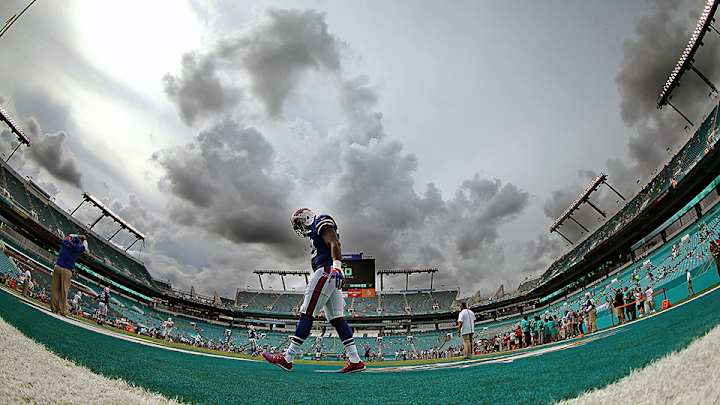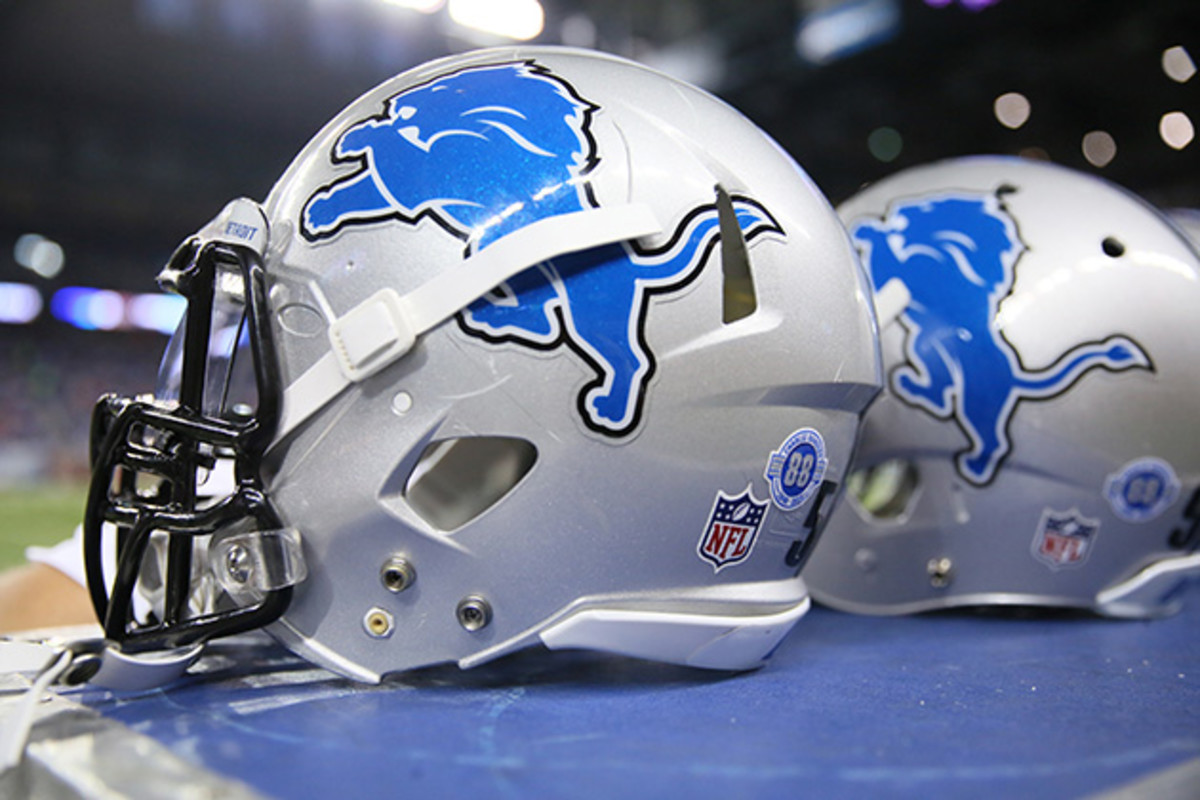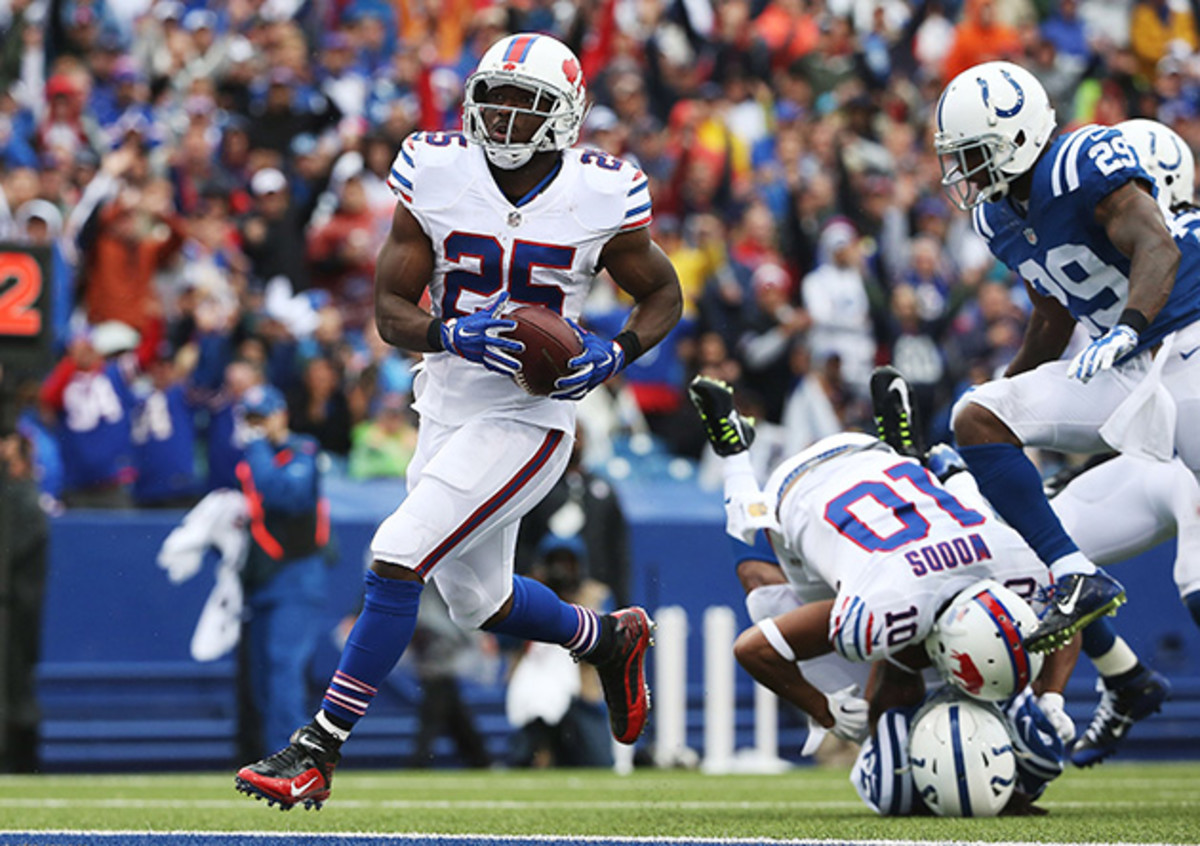Tech Talk: NFL helmet testing now measures key rotational force

Researchers have been measuring the linear forces on football helmets since before the 1970s. And while the ability to limit the catastrophic head injuries that were far more common in the sport’s earlier years have dramatically improved, there are forces other than linear ones that are placed on an NFL player’s head. And it can be those rotational forces that contribute most to a concussion, research shows.
Now new testing techniques exist that can measure a helmet’s ability to manage those rotational forces.The data generated has the NFL and the NFL Players Association looking at helmet use in a different way.
“We’ve been approaching the design of our helmets different from the start,” Kyle Lamson, senior designer with Xenith, tells SI.com about the helmet brand that started in 2007 and showed better on this summer’s new NFL helmet testing than any other.
The Comeback: The story behind the reemergence of QB Carson Palmer
Instead of putting a heavy focus on foam or air bladders, Xenith has focused on creating a shock bonnet system that moves independently of the helmet shell. “Part of the idea with the bonnet system was allowing the shell and your head to move a little independently to help reduce some of that sudden movement when you do get hit,” Lamson says. “This new NFL testing played into what we were trying to do with the bonnet.”
The new NFL test continued to measure linear forces, but added a rotational testing component for the first time. “This study is the first of its kind to account for rotational velocity and rotational acceleration in measuring the performance of the helmets,” the NFL study says. “There is mounting scientific evidence that concussions have a component of their injury caused by rotational motions of the head impact.”
The helmet industry as a whole has made dramatic improvements on the linear aspect of impacts, especially over the past five years, Joe Esposito, CEO of Xenith, says. He anticipates some slight continued improvements over the next five years. But, he says, it is in the area of rotational force that the biggest strides can still be made.

Xenith started with a bonnet system in its first iteration. But now, four generations in, Esposito says the current testing backs up the bonnet concept. In the Xenith Epic Varsity helmet, the shock-absorbing bonnet connects to the chinstrap, allowing tightening of the chinstrap to customize fit, helping to mitigate forces. By not marrying the bonnet to the shell, Xenith allows for a better fit, the company says, with the ability to slow the head better during rotational impacts.
The NFL first created a rotational test in 2012. Last fall the NFL’s Health and Safety Committee appointed an engineering subcommittee to pick up where they had left off and test the latest helmets to the protocol. This past spring, the NFL gathered 17 helmets, representing 99% of all models used by players, and tested them—based on testing methods developed at the University of Virginia—with the independent Biokinetics lab in Ottawa. Impacts were delivered to the helmets at eight locations, based on the most commonly observed points of contact as seen in NFL game film.
Training with Greg Jennings: CrossFit-inspired workouts fuel the Miami WR
The NFL split the tested helmets into two categories, with four Riddell, three Schutt, two Xenith and a Rawlings helmet all making the “top-performing group.” The Xenith Epic Varsity was the top, followed by the Riddell Revolution Speed, Schutt Vengenance DCT and Xenith X2E. The lower-performing group included three helmets from Rawlings, two from Schutt, an SG and a Riddell.
Having new testing was a matter of research catching up, Lamson says. The linear test was much easier to create, but it didn’t necessarily mimic what was happening on the field. “A concussion is a much more difficult set of criteria to really nail down,” he says. “The rotational and maybe other areas we aren’t necessarily aware of today that we will measure in the future, give us a more direct link to concussive, smaller and repetitive injuries.”

The NFL and NFL Players Association’s latest round of testing has put together the most comprehensive look at rotational hits, a piece that isn’t even a part of the National Operating Committee on Standards for Athletic Equipment (NOCSAE) helmet certification standards at this point. NOCSAE has started to actively develop equipment and testing standards to incorporate rotational testing, likely making it a part of helmet certification in the next few years.
MORE EDGE: Can't grab this: Football jerseys that mimic concrete
With the results in, the NFL Players Association created a poster of the results, hanging it in every NFL locker room. As players make their personal choices on what brand of helmet they will wear, the NFL, NFL Players Association and league equipment managers have taken the stand of educating the players as much as possible on the importance of helmets to their safety.
That education now includes a study on rotational forces.
Tim Newcomb covers stadiums, sneakers and design for Sports Illustrated. Follow him on Twitter at @tdnewcomb.
